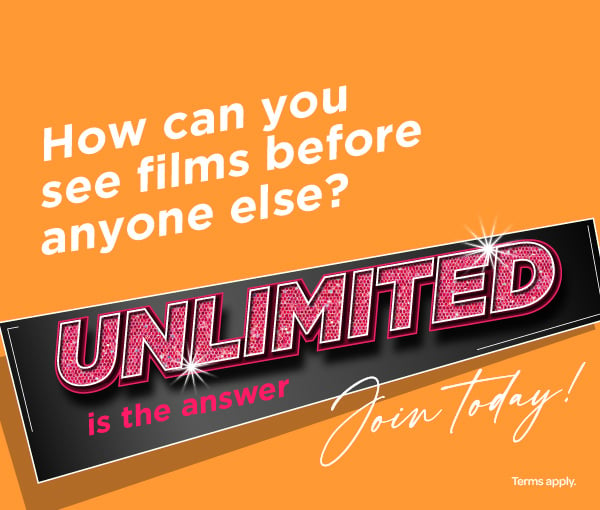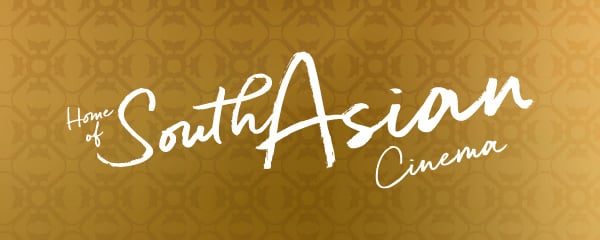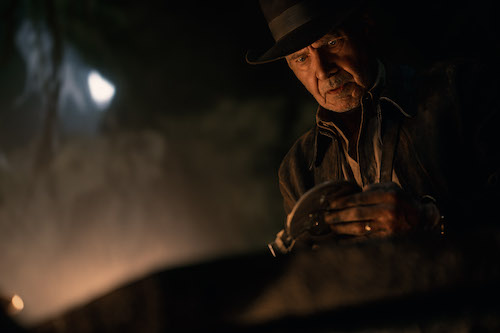
The Indiana Jones series and the music of John Williams go hand in hand. As Harrison Ford's unflappable adventurer catapults across into hair-raising adventures throughout the globe, it's Williams' music that transfigures the fantastical into the relatable, utilising the breadth of the orchestra to convey heroism, romance and terror in equal measure.
Accompanying Harrison Ford, Williams is back to score the fifth Indy movie, Indiana Jones and the Dial of Destiny. It's poised to be the 91-year-old composer's last score in the franchise, which makes it a significant moment in pop culture history. To mark the occasion, we're exploring how the tone and themes of Williams' music have developed in line with the previous movies in the series.
From the Raiders March to Marion's Theme and beyond, here's why Williams' scores emanate all the wonder and awe of the Ark of the Covenant itself.
Raiders of the Lost Ark (1981)
As the inception point for the Indy franchise, the Oscar-nominated Raiders is also the inception of John Williams' musical tropes in the series. The overarching 'Raiders March', which eventually became the anthem of the franchise, is among the most celebratory and uplifting of all the pieces in Williams' illustrious canon. It speaks directly of unerring heroism in the face of danger, brilliantly distilling the tone of the Republic serials on which director Steven Spielberg and story writer George Lucas were weaned.
The March was famously stitched together from two separate themes at Spielberg's request. Williams dots fragments of the piece throughout the score, spotting the movie carefully so that the theme incrementally escalates Indy's bravado. After a while, and certainly come the later movies, the theme elicits an almost Pavlov's Dog reaction of glee, a rousing musical shorthand for all that is brilliant about the excitement of the big screen experience.
Outside of the March, whose full presentation is reserved for the end credits, the score for Raiders is anchored by a sense of slow-burning wonder and latent menace, which befits and anticipates the Old Testament wrath that we know is coming at the climax. The marvellously powerful theme for the Ark of the Covenant gives the Raiders score a significant amount of spiritual and structural ballast, almost transfiguring the movie as a spectral, supernatural horror-chiller.
Of course, that's exactly what happens during the climactic 'The Miracle of the Ark', as the various statements of the Ark theme pay off in a grandiose, sweeping statement that then abruptly gives way to shrieking, atonal horror. Williams' expert ability to perform a musical about-face brilliantly embellishes the on-screen terrors as the Nazi villains, and Indy's rival archaeologist Belloq (Paul Freeman), are variously imploded, exploded and melted.
On a calmer, more pastoral note, there is the deeply romantic, string-led theme for Indy's great love Marion, played with great verve and acumen by Karen Allen. The ever-astute Williams apes the Golden Era Hollywood scores of old, particularly those of romantic master Max Steiner, fashioning a humanising sense of delicacy in between the more rumbustious musical set-pieces. Just as Marion's presence is integral to Indy's identity, so does her theme act as the bridge section during the climactic, extended Raiders suite at the end of the movie.
In addition to all this, there are the stand-alone Williams sequences for which he is justly revered. 'The Basket Game' deploys piccolo effects and pizzicato strings to lend both humour and urgency to Marion's Cairo kidnapping, gradually escalating the fraught danger through greater brass interplay. The two central action sequences, 'Airplane Fight' and 'Truck Chase', deploy the full force of the London Symphony Orchestra, a masterclass in dramatic counterpoint as the Raiders March audibly toys with the punchy brass chords representing the Nazis.
The Raiders score set all of the Williams stylistics in motion, and it's perhaps the best-structured of all the Indiana Jones scores. One palpably senses through Williams' music how Indy and Marion's destinies are being shaped and influenced by the insidious, omniscient presence of the Ark, the composer fashioning a masterful tapestry of symphonic storytelling that continues to stand apart even when experienced in isolation away from the movie itself.
Indiana Jones and the Temple of Doom (1984)
Spielberg's controversial follow-up to Raiders is, in fact, a prequel that takes place in 1935. This makes a nonsense of Indy's claim in Raiders that he doesn't believe in magic, "a lot of superstitious hocus pocus", but there were bigger issues at work in Temple of Doom, not least its heart-ripping violence that initiated America's PG-13 classification.
Temple of Doom presented an interesting challenge for Williams. Quite apart from the pressure of following up the barnstorming Raiders of the Lost Ark, he was also compelled to grapple with a story that lacked a memorable spiritual macguffin at its centre. Perhaps recognising this, Williams doubled down both on the number of his themes and the overall density of the work, resulting in some of the most blistering and exciting action compositions of his distinguished career.
As before, Williams anchors the soundtrack around the Raiders March, and its counterpoint usage is arguably more interesting in the Temple of Doom soundtrack. It plays a yin and yang battle with the sprightly, Chinese-inflected theme for Short Round (Ke Huy Quan), cementing their on-screen bond through the sheer power of music alone. And the March is also juxtaposed with the romantic theme for Willie (Kate Capshaw), Indiana's new love interest who is treated to a much giddier, more overtly tongue-in-cheek piece akin to Bernard Herrmann's witty work on Alfred Hitchcock's North by Northwest (1959).
Williams' ability to counteract this trio of themes during the furious action material helps cement Temple of Doom as more of an ensemble character effort than the previous movie. The material for the heroes contrasts with the imposing brass theme for the main Thuggee villains, who are sequestered away in the bowels of Pankot Palace. Brilliantly, Williams introduces said villain's theme upon our first sight of the building, commenting on the Palace's inherent evil before we've even got to grips with the full nature of the threat.
The motivic use of the Pankot/Thuggee theme then accompanies the machinations of the main enemy Mola Ram (Amrish Puri), the Thuggee high priest who is sacrificing innocent people within the catacombs of the palace. As the score and movie develop in tandem toward the breathless, action-packed climax, the Thuggee theme becomes another key component in Williams' masterful use of counterpoint, most notably in the awe-inspiring 'Mine Car Chase' that sports some truly formidable piccolo woodwind runs in line with the frenetic, edge-of-the-seat visuals.
The film's notorious sacrificial sequences see Williams step outside of his comfort zone in fascinating ways. The Temple of Doom itself is accompanied by a bone-chilling mixture of Sanskrit choral chanting and pounding percussion, and the piece actually originates diegetically (in other words, within the context of the scene itself, as the possessed temple members chant and drum in line with the sacrificial horrors). This theme is briefly recapitulated during the 'Broken Bridge' climactic fight between Indy and Mola Ram.
Additionally, Williams locates compassion in hell via his ennobling theme for the enslaved children of Pankot Palace. The theme steals up slowly, beginning with Indy, Short Round and Willy's arrival at the bereft Indian village, and making its first proper, melancholic statement upon the reveal of the slaves themselves. Its concert hall capitulation in 'Parade of the Slave Children' remains one of Williams' most spectacular compositions: a rhythmically powerful theme for brass that aligns Indiana's destiny with the children he's attempting to save.
White saviour anxiety aside, Williams' ability to transpose the Raiders March onto the climactic scene of the children returning to the village is joyous and uplifting. The music reiterates that Indy's mission in Temple is arguably the most humane of all the character's quests, catapulting him from adventure emblem to adventure icon who will not stop what it takes to do the right thing.
Indiana Jones and the Last Crusade (1989)
Following the outrage that greeted The Temple of Doom, Spielberg was keen to make amends. He more than succeeded with The Last Crusade, the warmest and funniest instalment of the original trilogy that made the inspired decision to import James Bond himself, Sean Conery, as Indy's tweedy, academic father Henry Jones.
This mentality feeds into Williams' score, which is far more gentle and pastoral than its predecessor, and plays up the human interplay between Ford and Connery. The composer intelligently bifurcates the film's central narrative tangent, the search for the Holy Grail, via his thematic placements. The liturgical nature of the Grail theme is identified with both the chalice itself and, in the second half of the theme, the burgeoning relationship between Indy and his estranged father.
Via the power of his music Williams, quite brilliantly, suggests that the real grail sought by Indy is that all-important parental relationship that has foundered in recent years. By the time we get to the end of the movie, Williams' thematic placement has fully reconciled with the on-screen imagery of Ford and Connery, helping to shift the story from yet another fetch-quest narrative into something far more profound and moving.
It's therefore undeniable that The Last Crusade's success as a movie owes a significant amount to Williams' acumen. The score is also distinguished by the more sparing use of the Raiders March. By this stage in his career, Williams had elevated the Raiders theme to iconic pop culture status via a series of concert performances throughout the 1980s.
When it came to the third movie, Williams could be far more judicious in his usage of the theme, instead relying on an audience's inherent awareness of Indiana's character and using potent fragments during the most potent moments of heroism. The movie's desire to play around with Indy's iconography allows Williams to loosen up as well: there are subtle notes of the March during the movie's opening sequence involving young Indiana (River Phoenix), anticipating his eventual transformation into a globe-trotting, whip-cracking tour de force.
The gargantuan, double-bass-heavy nature of 'On the Tank' (utilised in the score for The Dial of Destiny) and 'The Belly of the Steel Beast' also use the March sparingly yet effectively. In fact, apart from the relatively more serious nature of those two tracks, Williams' action music is decidedly more sprightly, putting greater emphasis on reed instruments and piccolo winds, not to mention plucked strings, to hasten the hilariously haphazard nature of Indy and Henry's adventures together.
Tracks like 'Scherzo for Motorcycle and Orchestra' cook up a galloping sense of momentum, almost certainly lacking the rivetingly visceral nature of The Temple of Doom, but emerging as far more approachable and streamlined in their own right. The Scherzo piece pits Indy and Henry's 'travelling/adventure' motif against the new, imposing theme for the Nazi villains, which marks a significant improvement from the Third Reich's bitty, fragmentary musical presentation in Raiders of the Lost Ark.
Naturally, it all comes together in the sunset-laden finale where Williams pulls out all the stops for a definitive iteration of the Raiders March. Over the end credits, the piece binds with the Indy-Henry-Grail theme and a selection of the score's best action material, again demonstrating Williams' remarkable ability to reinvent his material and sound several times within the course of a single franchise.
Indiana Jones and the Kingdom of the Crystal Skull (2008)
Some 19 years later, Indy returned to our screens in the fridge-nuking fourth instalment. The now-ailing Indy battles the nefarious Soviets both on and off American soil as the characters vie for possession of the crystal skull, which has telepathic abilities... or something. Along the way, Indy pairs up with young greaser Mutt Williams (Shia LeBeouf), later revealed to be Indy's son with Marion Ravenwood who makes her first series appearance since Raiders.
Even if the movie drops the ball somewhat with its CG monkey-swinging and much-derided alien-heavy (sorry, interdimensional being-heavy) finale, you can trust John Williams to maintain a sense of consistency. Audiences were understandably hungry for the return of the Raiders March and Williams strikes a balance in terms of how much he utilises the classic theme, now in a brand new arrangement. It appears more than it does in The Last Crusade but not as prominently as it does in Raiders or Temple of Doom, but it's a welcome presence, nonetheless.
In the intervening 19 years, Williams' harmonic and melodic language had changed significantly. The new themes are less transparently enjoyable than those showcased in the previous scores, playing around more with tone and texture than ear-worming rhythmic joy. That said, Mutt's Theme is an effervescent delight, taking pride of place during its concert arrangement 'The Adventures of Mutt' and the 'Jungle Chase' sequence where it plays in counterpoint with the Raiders March to enhance the bond between father and son.
The titular crystal skull gets a mysterious, chromatic theme that very much apes the tone of the 1950s sci-fi B-movies to which Spielberg is indebted. The skull's insidious musical presence is counter-acted by the new theme for Cate Blanchett's Soviet villain Colonel Irina Spalko; again, neither of these new themes can really hold a candle to the material from the previous scores, but they demonstrate that the composer's storytelling integrity and ingenuity hadn't dimmed in the years since Indy last donned the hat.
The presence of Marion means that Williams has a legitimate reason to import Marion's theme for the first time since 1981, a delightful development, and it later circles around both the Raiders March and Mutt's Theme, creating a familial portrait in music. There's also a sly yet brief reprise of the imposing Ark of the Covenant theme during the movie's opening sequence.
Post-Jurassic Park, the Star Wars prequels and Harry Potter, Williams' action music had also changed course by the time he scored Kingdom of the Crystal Skull. The timbre of the percussion and the brass is harsher, favouring greater dramatic range, while the composer also puts greater emphasis on plosive elements like the xylophone. The thrilling 'A Whirl Through Academe' is the piece that most closely resembles the earlier scores while the furious 'Ants' conjures up a whirling, writhing mass of rhythmic cells for woodwind and strings to take on an appropriately skin-crawling tone.
More so than the earlier scores, The Kingdom of the Crystal Skull feels a bit like a greatest hits parade, a collection of set pieces that lacks the overarching intricacy and wonder of the earlier Indiana Jones scores. Nevertheless, come the climactic wedding sequence and the final reprise of the Raiders March, and it's evident that Williams' music maintains an irresistible air of appeal, tapping back into a childlike sense of glee and ensuring that Indy's adventures retain an air of emotional potency.
If this has stirred up nostalgic memories, then click the link below to watch the latest Indiana Jones adventure at Cineworld. The movie is on release now.

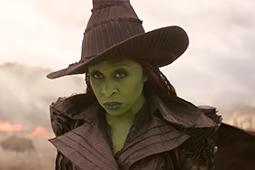
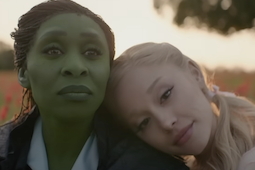
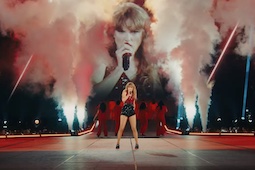
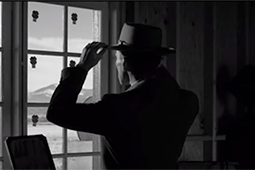
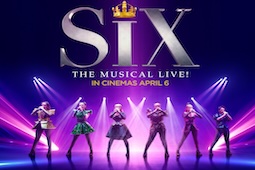
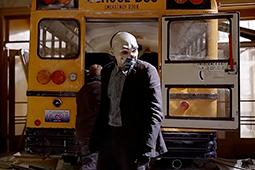
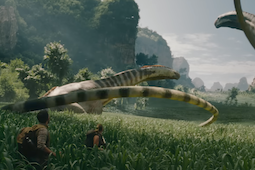
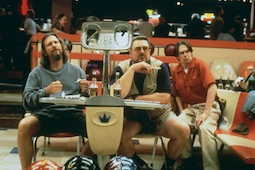




.jpg)
.png)

